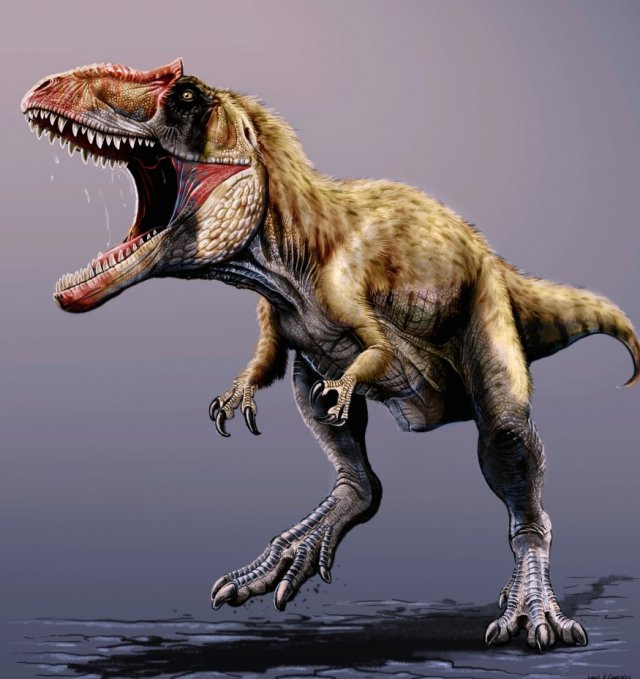New fossil shows the dinosaur that once kept tyrannosaurs in place
Ars Technica » Scientific Method 2013-11-24

A new fossil of a giant predatory dinosaur has shed light on the North American ecosystem during the Cretaceous period. The new species, Siats meekerorum, is a member of the allosaurs, a group of large predators that predate the tyrannosaurs that dominated later in the Cretaceous. By filling in a gap in the fossil record, Siats has helped paleontologists understand the changes that took pace during the transition between these groups of apex predators.
The fossil of Siats isn't going to be the centerpiece of a museum display; the bones that are available are largely from the spinal column, accompanied by a few of the limb bones and variety of other fragments. Fortunately, the allosaurs are well known from examples on other continents, and the skeletal fragments show a clear relationship to a specific group of allosaurs called the carcharodontosaurs. This allows the paleontologists who discovered it to infer things about the physical appearance of the body parts that haven't yet been found.
Although only a juvenile, the beast was probably already 30 feet long and was likely to weigh four tons. Depending on how much it grew later, it could have ended up being truly enormous. This makes some sense, given that another of the carcharodontosaurs found in Argentina has been named Giganotosaurus due to its enormous size. However large it grew, it was clearly an apex predator during its time in North America.
Read 5 remaining paragraphs | Comments




